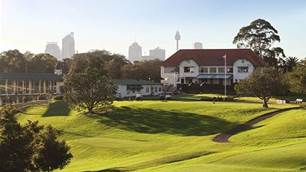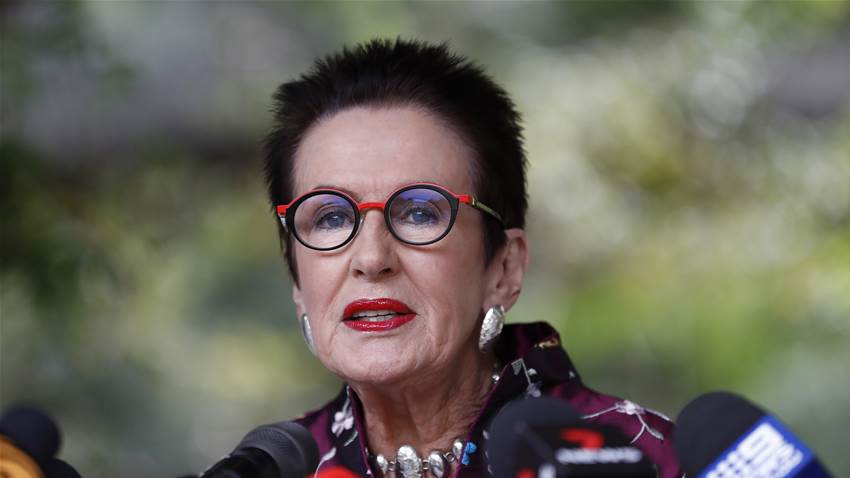It might be a game of numbers but golf – and especially public golf – is much more than a numbers game.
The results of The City of Sydney’s awkwardly named ‘Engagement report on reconfiguring Moore Park’ survey are in and there is little in the way of surprises in the data.
(You can download the full report HERE)
The key findings of the two separate surveys reflect what one might expect: a phone survey of 402 local residents showed strong support for scrapping the golf course in whole or in part while the broader online survey (including many golfers) was a more even split.
Those numbers, though, only tell a fraction of the story.
The first point to note is there was nothing objective or independent about the ‘survey’.
It would be fair to say that what Lord Mayor Clover Moore undertook was more akin to a political campaign than a genuine effort to collect data.
A flyer sent to 40,574 local residents included a cover letter from the Lord Mayor filled with what could best be described as skewed language.
The small irritations include things like suggesting the golf course ‘occupies’ 45 ha of public land, as though it is some sort of invading army when it actually ‘sits’ on the land. (Words are important here).
And apparently the city’s proposal could return ’18-20ha of Moore Park for public recreation’. Isn’t golf ‘recreation’ and public golf, by definition, ‘public recreation’?
Residents are also implored to ‘Please take action’ if they ‘support the proposal for increased parkland’. A more simultaneously leading and misleading statement it would be difficult to conjure up.
The truth of the proposal is that there is no ‘increased parkland’ to be had. Even if the Lord Mayor gets her way and the entire 18 holes is closed, precisely the same amount of parkland will exist as does now.
Yet residents are urged to ‘take action’ if they support this mythical ‘increased parkland’, a very different question to ‘do you want to close all or part of the golf course’. How many of us would honestly vote ‘no’ to increased parkland?
"Apparently the city’s proposal could return ’18-20ha of Moore Park for public recreation’. Isn’t golf ‘recreation’ and public golf, by definition, ‘public recreation’?" - Rod Morri.
Which brings us to the next and perhaps most important point. Despite the deliberate attempt to convince people otherwise, Moore Park Golf Course IS public space.
It is completely accessible to anybody. There are no restrictions on who can use it.
As with many other public spaces there are some restrictions on HOW it can be used (i.e for golf) but almost no restrictions on WHO can use it.
Because the majority of the population has a limited understanding of golf (and its image is that of an elitist pursuit) it is easy to mislead people into thinking a venue like Moore Park is off limits.
Perhaps a more productive use of the Council’s resources would be to encourage locals to make more use of the space, including maybe even trying golf?
The Lord Mayor goes on to say that much public parkland has been lost due to development and that the City is ‘seeking to restore some of this lost public land’.
Given that none of the ‘lost’ land has anything to do with Moore Park, why is it that the golf course apparently has to give it back?
All of which makes this final point even more relevant.
The documentation notes the population within 2km of Moore Park is expected to increase to 90,000 by 2040 but just accepts that that is going to happen, as though they have no control over it.
Surely if there is already a ‘shortage’ of parkland it would be irresponsible to pursue this policy? And that says nothing of what will happen beyond 2040. It would be fanciful to believe demand for space is going to decrease.
Much of this is old news of course and many of these topics have been discussed in this space before.
The question now is what can ‘golf’, and we as golfers, do to ensure a more balanced discussion about a topic that is genuinely important – the use of public space?
For inspiration you could start by following Melbourne pro Sandy Jamieson on Twitter and getting involved in the #publicgolf campaign.
Meet Vern a pensioner who can no longer drive, so his mates pick him up at 6:30 am two days a week for #publicgolf a reason to stay active. Worth saving! @GolfAust @Rod_Morri @karenharding123 @BrendanJames2 @InsideThe_Ropes @CloverMoore @Hayesy24 @AndyMaherDFA @Erika_Borkoles pic.twitter.com/7IFhUk4jsl
— Sandy Jamieson (@jamogolf) March 17, 2021
Every day Sandy tweets a story of some of his customers who use the facility at Oakleigh
and why it is important to them.
Others are encouraged to do the same, to tell their stories of public golf and include the hashtag ‘publicgolf’.
There is already quite an impressive collection of heart-warming tales to be found under the hashtag but there is infinite room for more.
Perhaps one day Clover Moore and those who support her campaign to decimate public golf in the nation’s largest city will also take the time to read some of those stories.
And they, too, will discover that golf is a game of numbers but for an awful lot of people it is much, much more than just a numbers game.
Related Articles

Cleary: Moore Park fires salvo in War on Golf

Tough Open start doesn't deter Croker from relishing life in the big league













